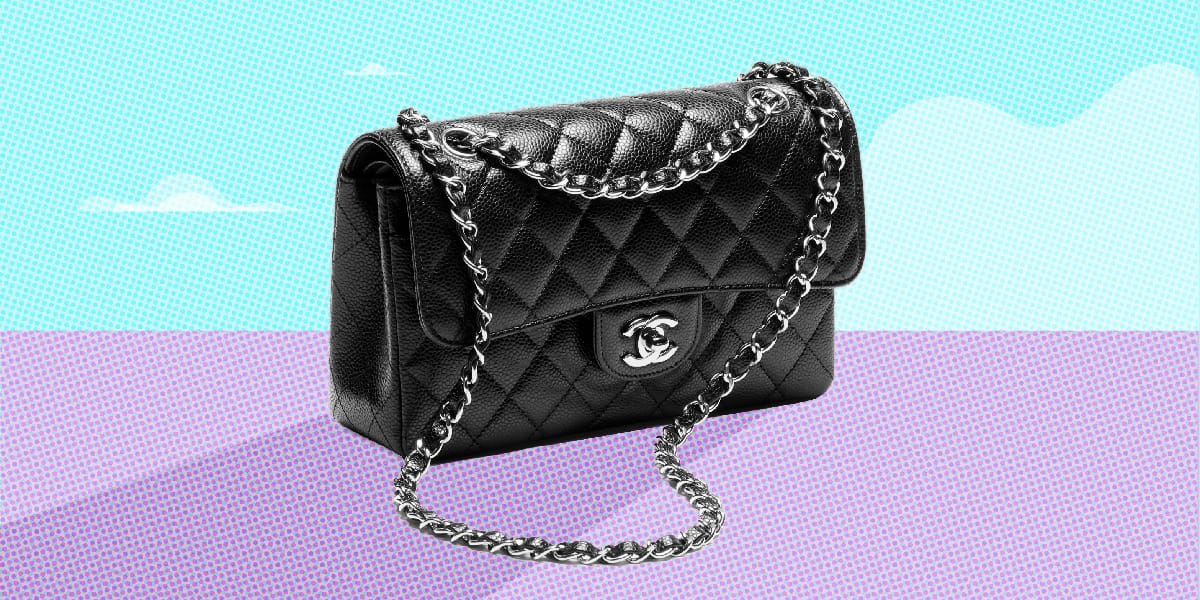Despite a long-term stronghold in the taxi industry, Uber has grown faster than any other company ever by reinventing the market. Rather than competing in the confines of the existing industry or trying to steal customers from taxis, Uber developed uncontested market space that made taxis irrelevant.
Uber created a blue ocean, they turned non-customers into customers. In blue oceans, demand is created rather than fought over. This provides growth that is both profitable and rapid. The opposite is a red ocean. You compete by grabbing a greater share of current demand. As the market gets crowded, profits and growth decline. It’s a race to the bottom. You get commoditised.
In this economy, you need to know how to create blue oceans. To develop a deep understanding you should read Blue Ocean Strategy. To get started? You should read this post. This post will give you a framework to think about as you read the book, making it all the more valuable.
So, How Do You Create a Blue Ocean?
There are two ways. One, you create a new industry like eBay did with online auctions. This isn’t very common, there are very few people who can see far enough into the future. It takes a contrarian mind to see what no one else can. So what’s alternative and much more common approach?
You create a blue ocean from inside a red ocean by expanding the boundaries of an existing industry. You sell to non-customers. In creating a blue ocean, you are building a brand. A brand so strong that you have control of the market for decades.
In a blue ocean, you don’t compete with rivals. Rivals are irrelevant. It’s time to forget about success through head-to-head competition. The longer you fight for a competitive advantage and battle over market share. The further you’ll sail into red ocean territory.
You can think differently. There is no need for competitors. Please don’t create a race to the bottom. You don’t choose between cheaper and better. You create businesses that are cheaper and better.
The world’s most successful companies succeed not battling competitors. They succeed by creating 10X products making competition obsolete. There are two questions you need to ask yourself:
- How can I make a product that is cheaper and better?
- Who isn’t buying my product and how can I make them?
We Don’t Want to Think of Strategy Like Anyone Else
You and I think about how to shape the future. The establishment thinks that you either must be cheaper or better. What we think is we can be both.
The framework is simple. You are a shark. Would you rather swim towards a group of sharks or a sea of fish? I know where I’ll be heading.
To extend this metaphor, I’ll use a short case study of Uber vs. Taxis. Uber is and will remain one of the most successful businesses ever. Why? Because rather than competing with taxis, they made them irrelevant.
If you’re not familiar with Uber, where have you been? I’d love to know! Before Uber, you needed to find a cab, hail it and hope it stopped. It didn’t matter if it was hailing, raining, or snowing. Your hand was going up in the air until a cab stopped.
The alternative was even worse, you’d call a taxi dispatch hotline and hope someone picked up. If in the off chance they did, it was time to wait 20 minutes until a cab arrived. That does not gel well with us Millennials. We need instant gratification.
If you ever got into the cab once you reach your destination. You’d waste more time paying in cash, tipping and hoping that they turned on the meter. I don’t think I know anyone who likes taking a cab.
So, What Makes Uber Better?
Uber is built on the trust of its users. Both the drivers and riders. They use an app (I know how much we all love apps) so you can see where the nearest cars are and how long they’ll take to pick you up. Not bad.
Once you drop your pin and click a button. You can see your driver on screen, including how the public rates them. There’s no guessing where they are or how long they’ll take to reach you. You can see it.
The best part? When you arrive, you get out. The app charges your card and you go on with your day. That’s it. No cash, no card, tips or receipts. There’s no friction. That makes Uber superior. The product is so good, they don’t need to spend millions on marketing.
What Uber did was create new demand. They reimagined what it was like to take a cab. Their brand is cemented into the market. Uber is no longer a company, it’s a verb. We don’t say “let’s catch a cab” anymore, we say “let’s Uber there”. Do you even know the name of the last cab company you caught? That’s brand equity that will last a lifetime.
Uber created a blue ocean by aligning the business in the pursuit of one goal.
Be cheaper and better.
They Didn’t Change One Part of the Taxi Experience
They reinvented what we think about when we take private transport. Uber took the luxury car market and gave it to the masses. Think about it. You get out your phone and press a button and a car comes.
If I told you that anyone could do that 5 years ago, you’d look at me like I was insane. Even if you believed me, you’d say “that must be expensive”. The amazing thing about blue ocean companies comes from looking in retrospect. It seems obvious. Of course, it should be easy to catch a cab.
It wasn’t obvious but Uber’s success seems like the natural progression for taxis. It’s only 7 years old yet it is synonymous with ease of use, transport, and speed. What the company did was introduce relatively simple concepts that put it lightyears ahead of the established taxi system.
Conclusion
Uber is the best case study to understand the power of Blue Ocean Strategy. Uber is the disruptive company of the recent decade, they have redefined an industry and changed how we move through the world. I hope this post does two things. One, makes you read Blue Ocean Strategy and two makes you appreciate the power of creating blue oceans.
It shows building pro-consumer products that reinvent experience leads to massive growth and market defensibility. Their brand is one of the most recognised worldwide. Remember, to create blue oceans you need to:
- Create uncontested markets to serve
- Make the competition irrelevant
- Create and capture new demand
- Break the value-cost trade-off
- Align your business with the pursuit of a superior product at a cheaper price
If you can do these 5 things, you’ll create a brand that people love and admire. By creating untapped markets, you have the opportunity for highly profitable growth. Competition is irrelevant. Yes, you will have imitators but you’ll have a window of time to execute before them.
Instead of focusing on beating the competition, create a leap in value for your buyers at a cheaper price. You’ll win.



